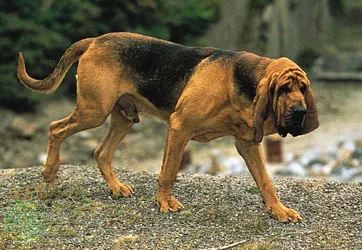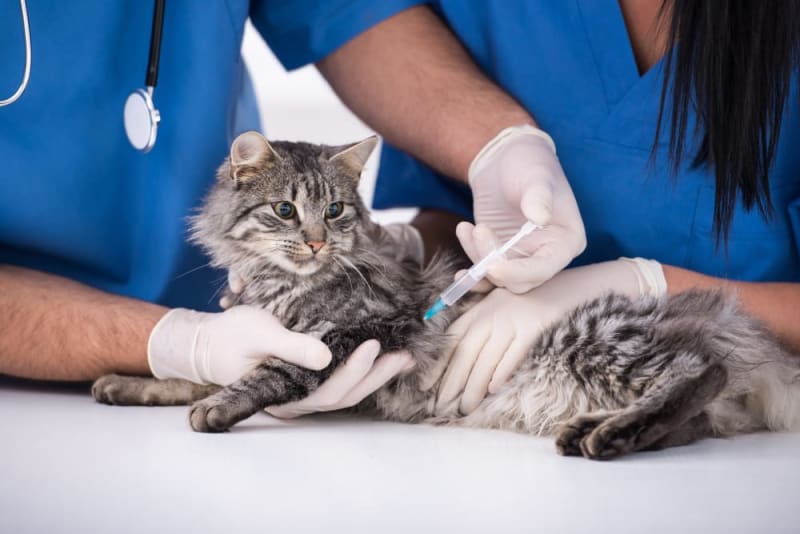- Law: All animals must be provided with proper shelter and protection from the weather, along with clean, humane living conditions. (read full version)
- Explanation:
Title 7: AGRICULTURE AND ANIMALS
Part 9: ANIMAL WELFARE
Chapter 739: CRUELTY TO ANIMALS
§4015. Proper Shelter, Protection from the Weather, and Humanely Clean Conditions
Under §4015, Maine law ensures that all animals are provided with adequate shelter, protection from weather, and humane living conditions. This section outlines the basic requirements for both indoor and outdoor environments, space standards, and specific rules for animals such as livestock and dogs that are tethered for extended periods.
Indoor Standards
For animals housed indoors, the following standards apply:
- Temperature: The ambient temperature in indoor facilities must be compatible with the health and well-being of the animal. This prevents exposure to conditions that may cause harm, such as extreme heat or cold.
- Ventilation: Indoor housing must be properly ventilated using either natural or mechanical means. Adequate ventilation ensures that air quality is maintained for the health of the animals.
Outdoor Standards
For animals kept outdoors, the law outlines specific shelter requirements to protect them from the elements:
- Shade from Sunlight: When animals are tied or caged outside in the sun, they must have access to sufficient shade to prevent heat exhaustion. This shade can be provided through natural means (such as trees) or artificial structures. Farm fencing used to confine livestock is excluded from the definition of “caged.”
- Shelter from Inclement Weather: Animals must be provided with shelter that has at least three sides and a waterproof roof, suitable for the local climate and the species. In particular, dogs tied or confined outdoors in cold weather must have shelter to protect them from severe conditions like frostbite or hypothermia. A metal barrel does not qualify as an adequate shelter for a dog.
Space Standards
Animals must be kept in enclosures that allow for enough space to ensure their well-being:
- Structurally Sound Enclosures: The enclosure must be structurally sound and maintained to protect the animal from injury and prevent escape.
- Freedom of Movement: Enclosures must be large enough to allow each animal adequate freedom of movement. Overcrowding, debility, or abnormal behavior may indicate insufficient space.
Humanely Clean Conditions
Shelters, both indoor and outdoor, must maintain humane cleanliness by regularly removing excretions, waste, dirt, and trash. This minimizes health risks for both the animals and those caring for them.
Livestock Shelter Requirements
Livestock, including large game animals kept at commercial game shooting areas, must be provided with suitable shelter. This includes access to a natural or constructed shelter large enough to accommodate all animals comfortably. The shelter must protect livestock from rain, wind, sun, and inclement weather. However, livestock kept under a rotational grazing system (where animals are moved between pastures) are exempt from this requirement, provided they are in good condition and free from injuries or infirmities.
Tethering of Dogs for Extended Periods
For dogs that are confined primarily through tethering, additional standards are required:
- Shelter Requirements: Dogs must have access to a fully enclosed shelter, except for a portal, which must allow easy access. For dogs not of arctic breeds, the portal should include a baffle or similar structure to block wind and precipitation. The shelter must have insulation with a thermal resistance factor of at least 0.9 and contain sufficient bedding material to retain body heat.
- Tethering Standards: The tether or chain must include swivels to prevent entanglement and be attached to a well-fitted collar or harness. For most dogs, the tether must be at least five times the length of the dog. For sled dogs or those used in competition, the tether length is reduced but must meet minimum requirements based on whether the anchor is stationary or allows for 360-degree movement.
Section History
This section was originally introduced in 1987 and has since been amended several times, with updates in 1997, 1999, 2005, 2007, 2009, and 2011. These amendments reflect the state’s evolving standards for animal welfare and ensure that the law provides adequate protection for animals under various living conditions.
- Penalties: Owners who fail to provide proper shelter can face penalties ranging from fines to seizure of the animal.




